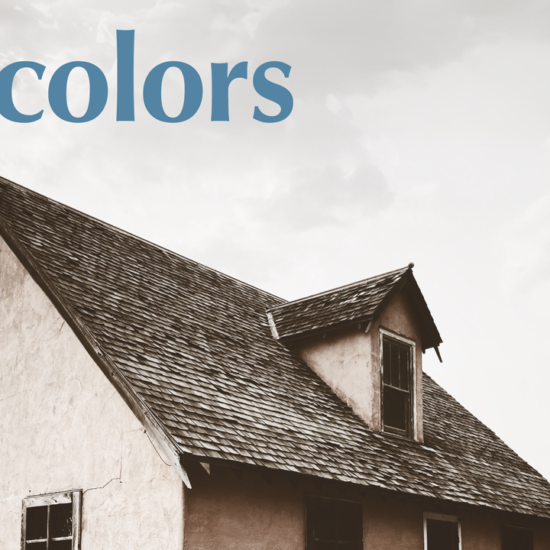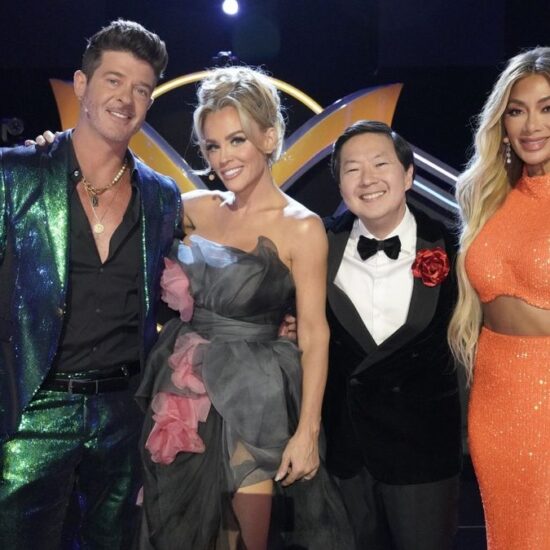
There are thousands of murdered and missing Indigenous women (MMIW) across the United States and Canada, and in Montana those numbers are particularly high. Over the past decade, dozens of young Indigenous women and girls from the Crow and Northern Cheyenne Nations have disappeared from Big Horn County, MT and the surrounding area.
More often than not, those disappearances go unreported and unsolved. When bodies are found, local authorities are quick to write off the cause of death as exposure or hypothermia, despite contrasting evidence.
Showtime’s three-part documentary series, “Murder In Big Horn,” which bowed last month at the Sundance Film Festival, spotlights that epidemic by amplifying the voices closest to it. Filmmakers Razelle Benally (Oglala Lakota/Diné) and Matthew Galkin go deep into the community to interview family members, law enforcement, lawyers, local journalists and community leaders to paint a full and harrowing picture of what life as a young Indigenous woman is like, honing in on three particularly enraging cases from the past four years.
In the first episode, viewers meet Henny Scott, a 14-year-old girl who went missing in December 2018. Although her family went to authorities right away, the report sat on a desk for two weeks because of vacation time. Through compelling interviews with Scott’s family and friends, the doc traces how the community set up its own investigation in response, with conflicting results as to what authorities found when they finally boarded the case.
As the episodes unroll the filmmakers also examine the equally infuriating cases of 18-year-old Kaysera Stops Pretty Places and 16-year-old Selena Not Afraid. Their stories are told by those who were closest to the disappearances at the time, drawing strong parallels among all three cases and posing questions about the continued systemic racism that impedes any sense of importance or justice for these women and their families.
That access is key to the doc’s success. By amplifying those voices on the ground and capturing expert opinions on the legal framework and journalistic responses to the cases, Benally and Galkin strike that balance between emotional and informative. The directors deliver a layered portrait involving murky jurisdiction, human trafficking, substance abuse and police corruption. Although the doc’s subjects (mostly) shy away from downright accusations in the last category, their speculation is contagious.
Meanwhile, the series also looks inward at the fractured communities and generational trauma that led to this tipping point, providing historical context for the MMIW crisis and how women have been ripped away from their people for years.
Frustratingly, what the doc fails to do is provide any possible solutions to this crisis or to pose what happens next, potentially because any solutions are too nuanced and complex to tackle in the provided timeframe. Delving into that red tape could also be a disservice to the subjects themselves, snatching their opportunity to tell their side of the story or to highlight why they continue to stay.
The similarities in those stories lead Episode 3 to feel repetitive and weary, as many subjects replay information previously disseminated elsewhere in the doc. There may be a missed opportunity to highlight more missing women, whose cases never got this kind of national play. Still, that repetitive nature also leads viewers to fully understand and feel why Native reservations and activists continue to battle for justice.
For these Indigenous women, fear is an ingrained reality and truth from birth. By bringing that frustrating truth to the conversation and allowing Indigenous people to advocate for themselves in these interviews, the filmmakers have opened the door for the larger, national conversation about the need for actual and lasting change.
“Murder in Big Horn” streams on Showtime on Feb. 3, and premieres on linear Showtime on Feb. 5.













